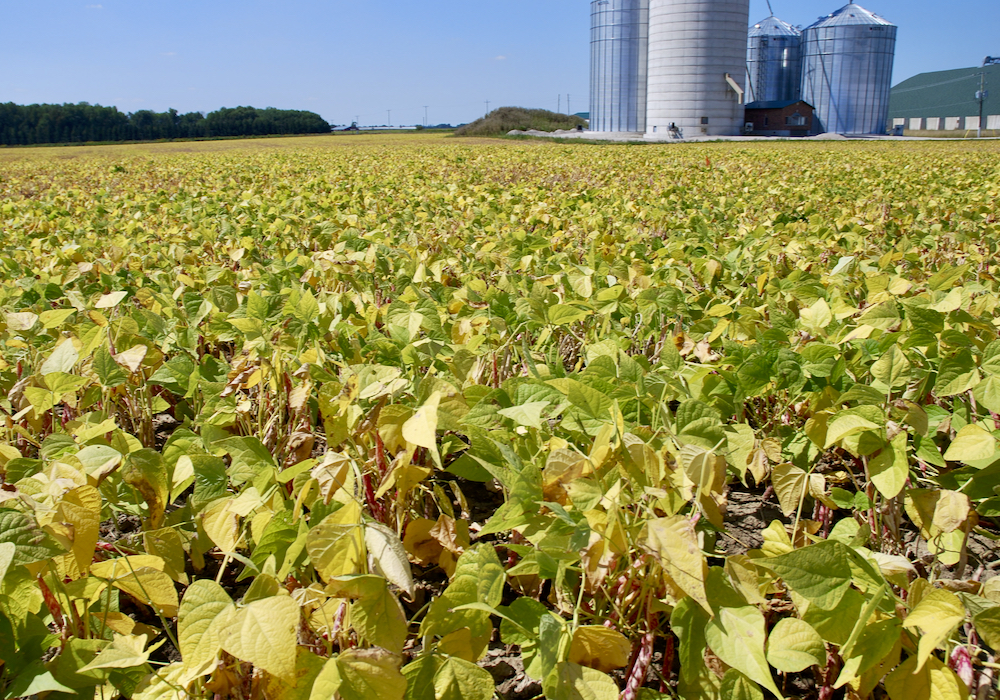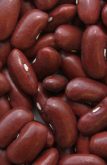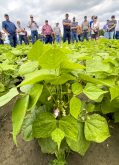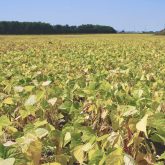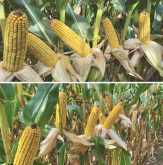Edible beans occupy that curious class of cropping interest. They’re not a conventional, rotational crop like corn, wheat or soybeans. They’re grown in multiple classes and they tend to require a higher level of management.
Three Ontario edible bean growers offered insights into their agronomic practices, including plant populations, fertility and some weed management parameters during a panel discussion last month at the 2024 Southwest Agricultural Conference in Ridgetown.
Why it matters: Edible beans are a high-value crop but require close management.
Read Also

The forced Japanese-Canadian farmers of the Second World War
Manitoba’s sugar beet farms drew on displaced Japanese-Canadians from B.C. during the Second World War
Wim Feddes from Wingham talked about his family’s operation, with corn, soybeans, edible beans and wheat, although not always grown in that order, he said. Much of the rotation depends on different farms and conditions. With edibles, he grows mainly white beans, but for 2024, he plans to add black beans as well.
They also have a hog-finishing operation on the farm.
Dave Vandewalle from Mitchell is a second-generation producer, with his parents arriving from Belgium in the early 1960s. They started growing white beans a few years later. Vandewall mentioned switching to direct harvesting six or seven years ago and he now grows adzukis, black beans, white beans and otebos.
In the past, they’ve grown red and white kidneys and cranberries. Like Feddes, he also has a hog-finishing operation.
Mark Zilke from Embro farms with his wife and son, two brothers and a nephew. They grow corn, soybeans, edible beans — dark red kidneys, cranberry beans and otebos — and wheat. They converted an older crop dryer to a bean dryer, enabling them to deliver their edible beans when some of their neighbours are waiting for drier weather.
He added they’ll likely grow some whites and black turtle beans in the year ahead.
Agronomically speaking
Interest in cropping alternatives is enticing many growers to consider their options and the three panellists provided glimpses into things like fertility, seeding rates and weed management.
All three have access to manure. Zilke has contracts for poultry and dairy manure and said he tried to time things better by getting crops in, provided the fertility levels were up.
“That’s one thing we do find with edible beans is having high to excessive (fertility) rates will never hurt you,” said Zilke. “Those are the fields that you find the most consistently high yields, year after year. So don’t be afraid to sock that fertilizer.”
Zilke also worked with Meghan Moran, edible bean specialist with the Ontario Ministry of Agriculture, Food and Rural Affairs (OMAFRA), on a three-year study on seeding rates, which indicated higher rates (above 60,000 per acre) don’t pay.
Rates down to 40,000 still yielded, with the plants compensating in seed size and in seeds per pod. They’re now using fixed-rate populations but they’re also measuring that against germination rates. If the germ is below 80 per cent, they’ll bump their seeding rate slightly.
Vandewalle spoke of dropping his white bean populations down to 40,000 seeds per acre, while conceding that field conditions or excessive water can have the effect of dropping that to 10,000 seeds — which is not a good situation.
As a solution, he’s gone to a fixed rate like Zilke. Feddes added that he plants mainly on 15-inch rows. But with small-seed populations, he’ll plant at 120,000 to 125,000 seeds per acre.
“I’m not sure if that’s always needed, but that’s what we do,” he said.
Weed control a premium
With edible beans being a higher-value crop, managing for weeds is a constant vigil, according to all three growers.
Feddes said he likes to work on land as early as he can get in at the beginning of the growing season. When other growers are out with their cultivators to work land for corn, he tries to get on to his edible bean land early and then hope for rain so it closes in again. When it comes to herbicides, he’ll apply something like Dual Permit, and if conditions are really dry, plant the crop, trying to do everything within 24 hours.
Sometimes he’ll also apply a pre-emerge glyphosate treatment to get some of the smaller weeds.
Vandewalle added that early control of weeds is critical, just as it is in all crops, but in dry beans, it’s even more so. He’s doing more reduced tillage, chopping corn stalks and using a high-speed disc, and in the spring of 2023, he thought a pre-emerge or pre-plant incorporated application might not be adequate, yet it was.
“With some of our white and black beans — because of that reduced tillage — we find we’ll get some weeds coming up in that soil,” he said. “We have now gone with glyphosate-2,4-D 10 days to two weeks ahead and that’s a really nice start to having a nice clean field. That’s something we’ve done for six years.”
Zilke echoed Vandewalle’s comments about the critical nature of weed management, saying to be good with edible beans, it’s not something he thinks about.
“When the time is there and those weeds are there, you spray, and start early,” said Zilke, noting he also conducts burndowns with glyphosate and 2,4-D.
“In certain years, if you have weather that goes against you, sometimes there are those weeds that program holds only for so long. I start putting Pursuit down on that application, too.”
Following Pursuit, he’ll apply Dual, Frontier and Prowl H2O and Permit. That’s the basic program for most of his edible beans.




